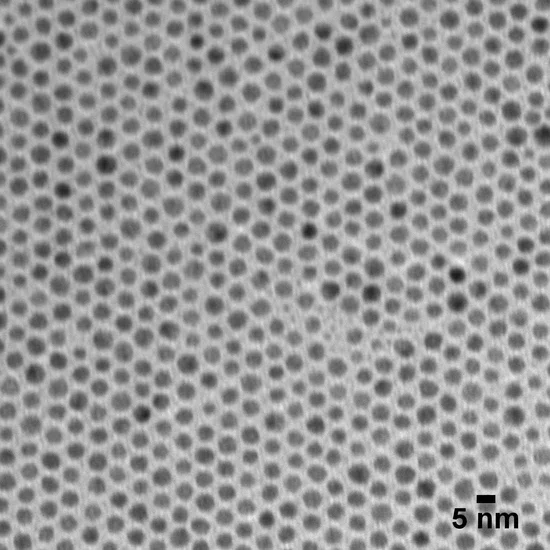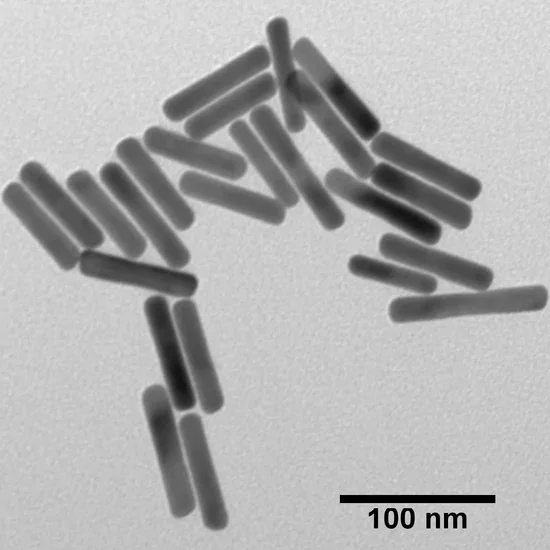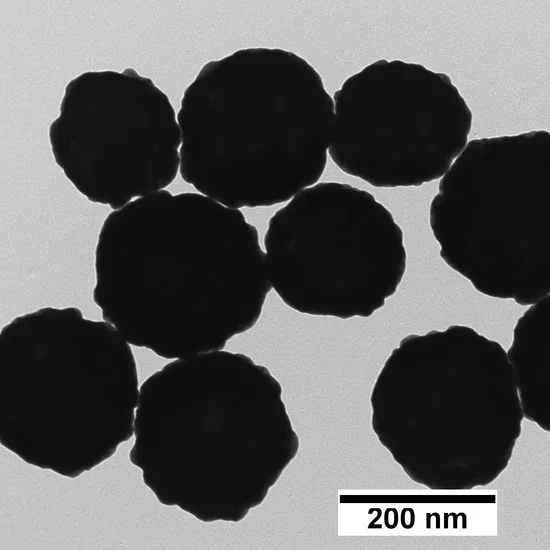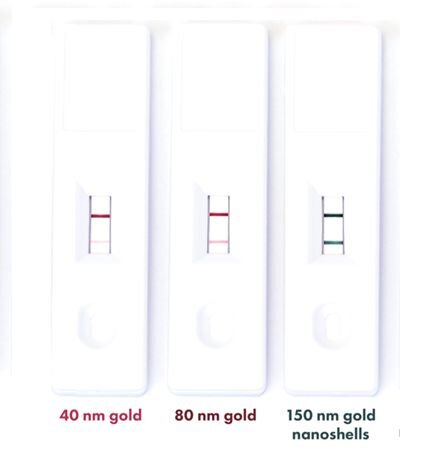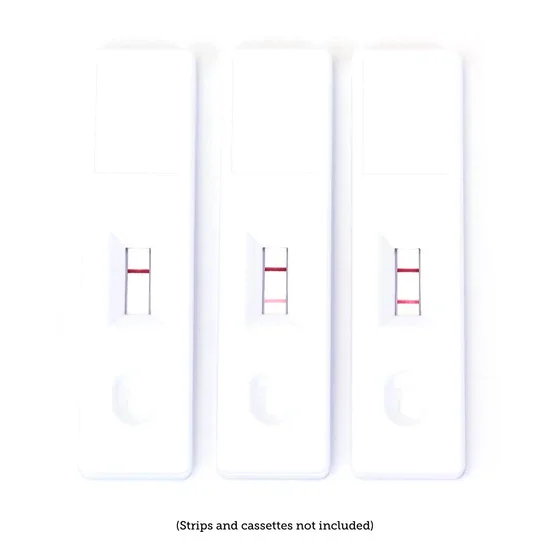Gold Nanoparticles
Gold nanoparticles combine strong plasmonic properties with versatile surface functionalization capabilities. They can be fabricated in a variety of shapes such as nanospheres, nanorods, and nanoshells, making them highly versatile materials useful for a broad range of applications including immunodiagnostics, biosensors, sensing, optical effects, nanomedicine, and more.
We offer precisely engineered gold nanoparticles in varying sizes, shapes, and surface modifications. We supply all our products with a batch-specific Certificate of Analysis including characterization data such as TEM, DLS, Zeta, and UV-Vis, as appropriate to the material.
Contact us for custom formulations, cGMP manufacturing in our ISO 13485 certified facility, or click below to request a bulk supply.
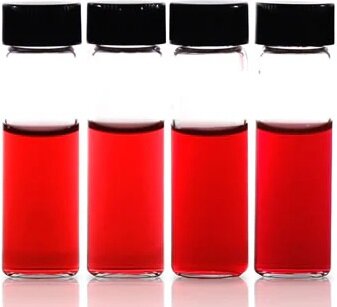
Why Purchase From Us?
Aggregation-free nanoparticles. Successful processes start with quality reagents – our processes allow us to provide high-quality, monodisperse nanoparticles.
Extensive characterization data. Experience the peace of mind of knowing exactly what you are purchasing for your application.
Exceptional customer service. Whether you need help with your order or integrating our particles into your application, our experts are here to help solve any issues in a professional and timely manner.
Our Gold Nanoparticle Products
